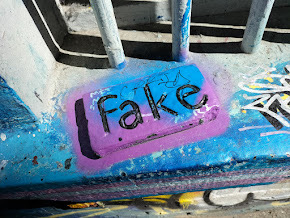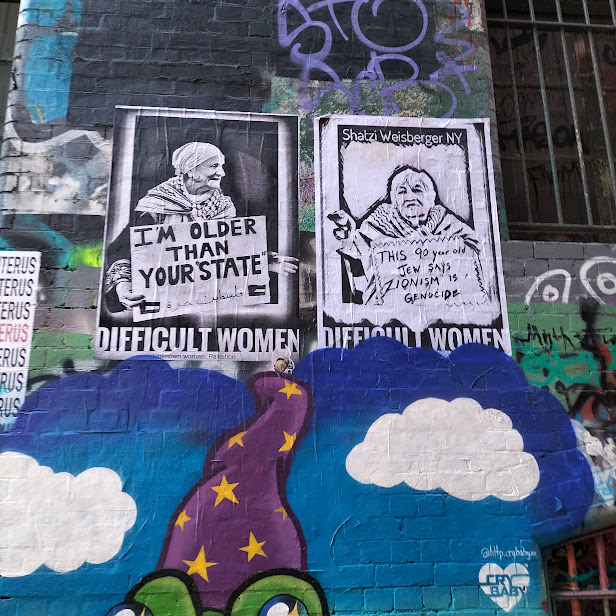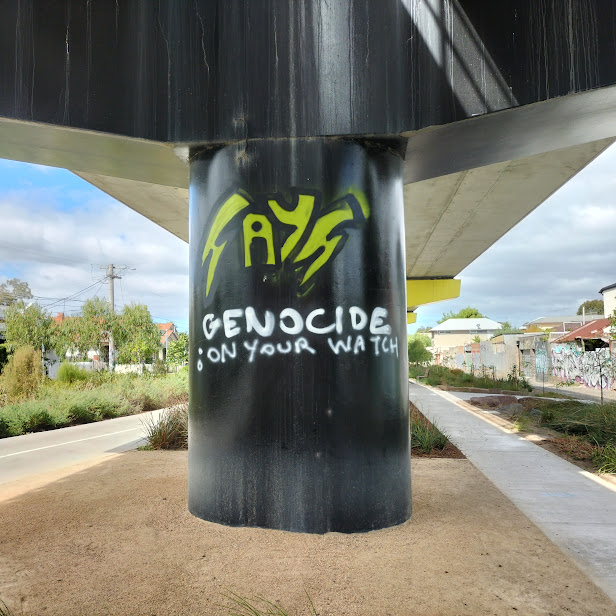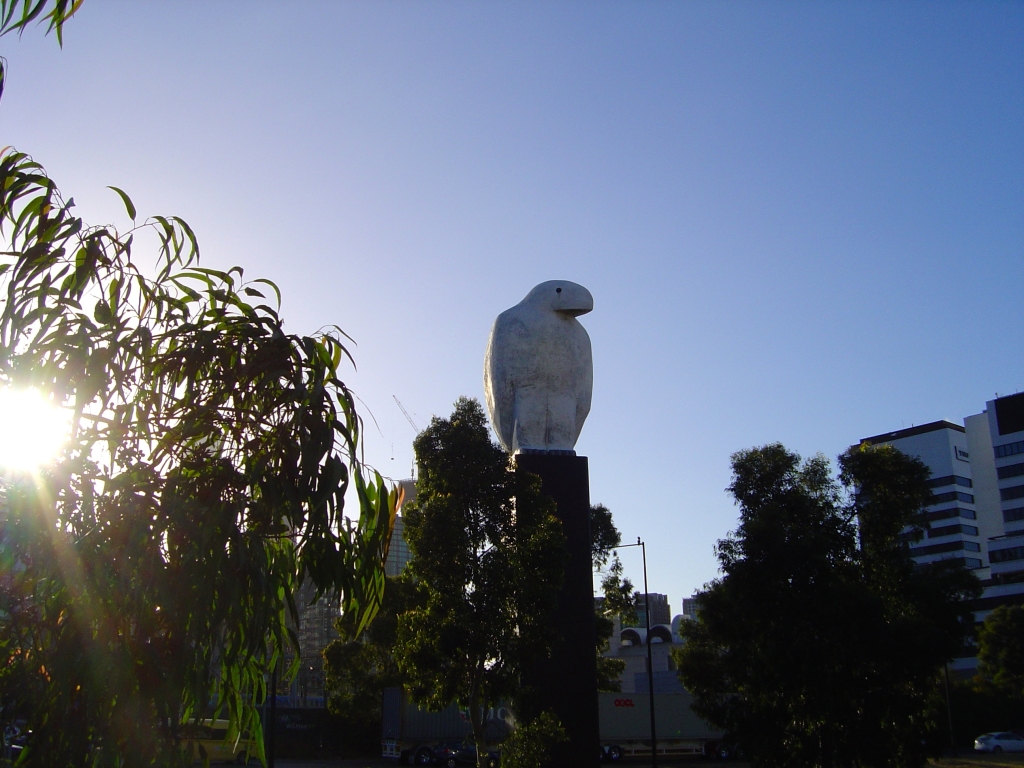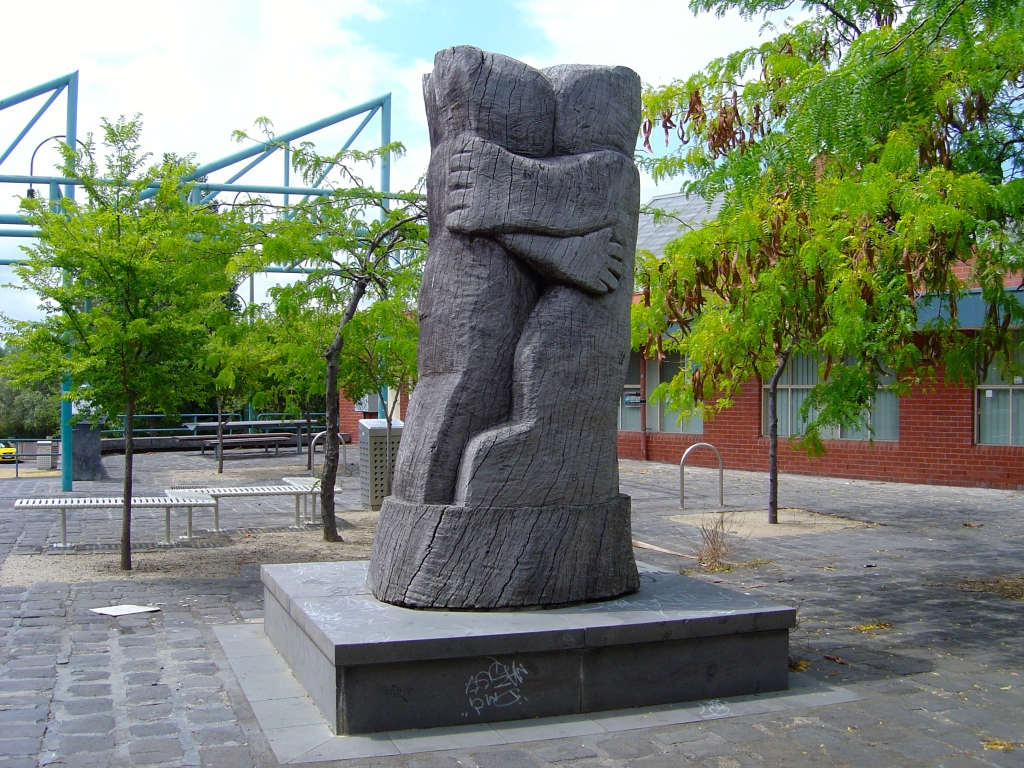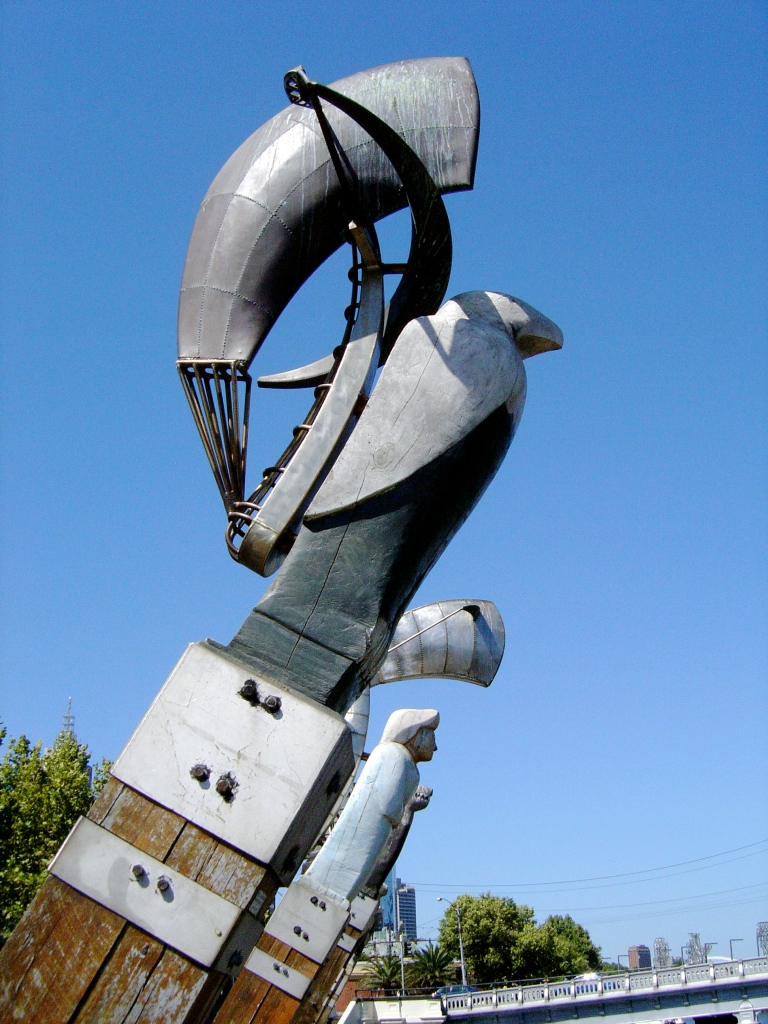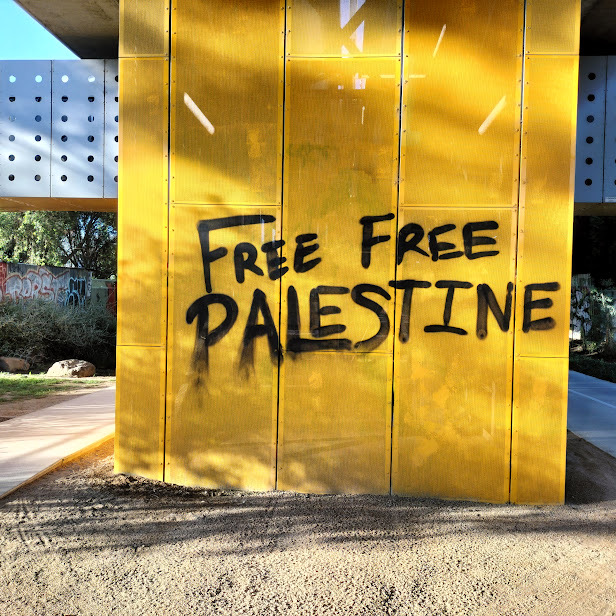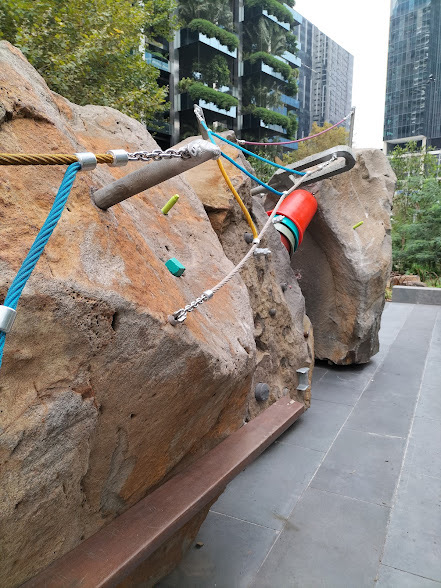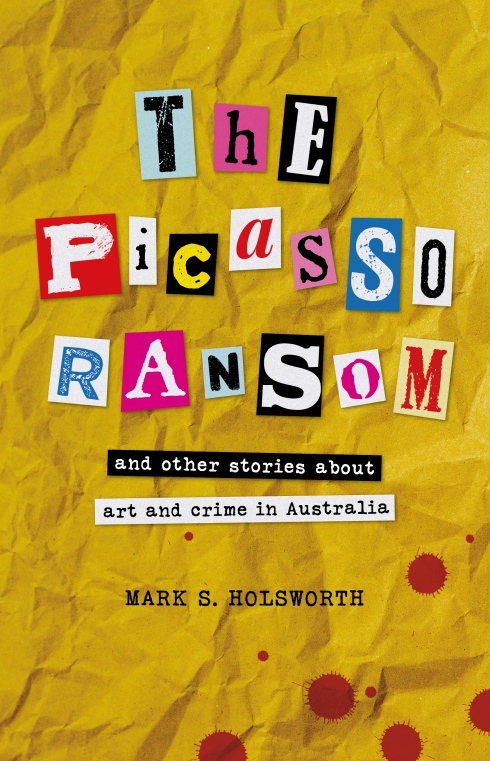In 1987, a building on Hosier Lane exploded due to a gas leak. A few years later, it had an artistic explosion of street art, eventually making it an internationally renowned tourist attraction for the city. (Its location, less than a block from Flinders Street Station, helped.) It is a limited but visually dense space that is exploited by large and small commercial interests.

Hosier Lane is sort of a free-for-all graffiti space in the centre of Melbourne (although some of its walls are somewhat curated). It was first colonised by street artists and then painted by graffiti writers and mural artists, making it one of the city’s must-see tourist attractions. However, it is now in its third decade, and for many years now, it has been in decline; this is part of the tale of the long tail end of street art in Melbourne. Adnate’s five-storey mural of an Indigenous child still hangs like a kitsch albatross above Hosier Lane — a sign of the beginning of the era of the mural.
Last time I was there, I saw a stencil of astronauts by a visiting street artist from Canberra, the great E.L.K. It was covered mainly by garbage spray paint when I saw it. There is the ebb and flow of the tides of tagging and no-school graffiti over this brightly coloured urban coral reef. There are still graffiti writers spraying their pieces on every visible vertical surface in the city, from the creeks converted to concrete drains to the factory walls of industrial estates. And someone will always step up to fill the walls of this now-famous lane. And some of these will follow Adnate to work in the mural market. There is still a market for murals as businesses and city councils try to add some attraction to the ugly suburbia they have inherited.
However, rather than the big pieces, I like to look for the little details in the laneway. The street artists work at a different scale, filling the smaller spaces. For example, Will Coles’s work has survived the longest in the lane. His ‘Fake’ Gucci purse, made of concrete, still sits lost on the window ledge covered in millimetres of acrylic paint from hundreds of cans.
As tour groups still visit the lane, it has become a billboard for political causes with no other means of support. Currently, that means there is a lot of feminist street art because the lane is a relatively safe place for women to put up work in daylight. However, other groups, from supporters of West Papua Independence to Chinese dissidents, have also used the surfaces of Hosier Lane.
Given a bit of rough math, the artists who first painted Hosier Lane would be in their fifties or sixties now. The lane’s future is dependent on school kids and recently promoted city administrators.
Hosier Lane Time Line
1989 Andy Mac started the City Lights Initiative with light boxes of photographs
2003 Banksy paints his parachuting rats
2010 Melbourne City Council workers destroyed Banksy parachuting rats
2013 Adrain Doyle paints all of Rutledge Lane blue for Empty Nursery Blue
2013 Completely repainted for All Your Walls, part of the NGV’s Melbourne Now
2014 Adnate mural added to the lane
2014 Keep Hosier Real campaign to stop building development around the lane
2018 Culture Kings puts a hole in the lane’s main wall
2020 Six masked people ‘Colour Bombed’ the lane with paint-filled fire extinguishers


